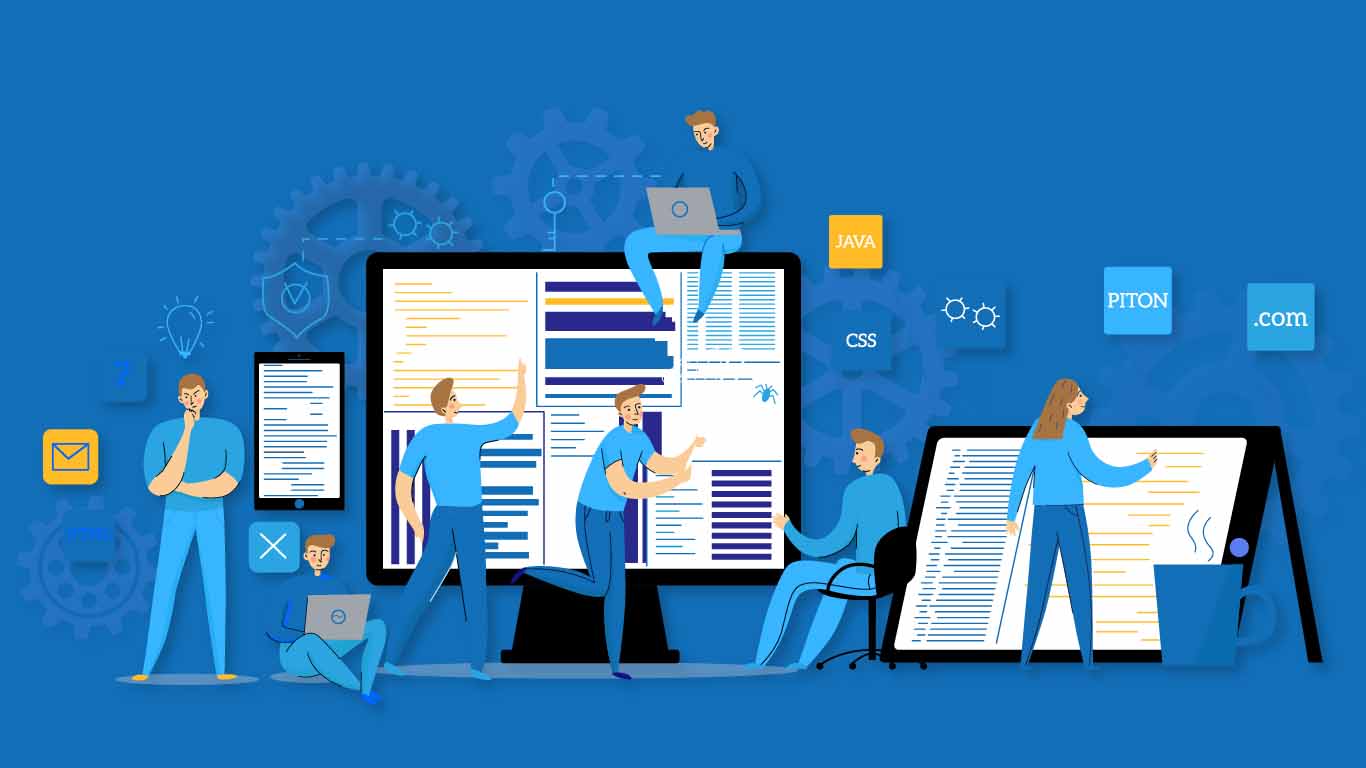Software development challenges are a common occurrence in the development of a high concurrent student usage assessment management platform. To overcome these challenges and create a robust platform, developers must implement the following best practices:
1. Scalability: One of the biggest challenges in developing a high concurrent platform is ensuring scalability. To achieve this, developers must use the latest technologies such as cloud computing and containerization to handle the increased demand for resources.
The technical steps that can be taken to avoid failures in scalability:
a. Implement horizontal scaling by adding more servers to the platform to handle increased demand.
b. Use cloud computing services to dynamically allocate resources as needed.
c. Use containerization technologies, such as Docker, to deploy and manage microservices. d. Implement auto-scaling mechanisms to automatically add or remove resources based on demand.
Here are some of the detailed technical architecture for scalability:
a. Implement a microservices architecture to divide the platform into smaller, independent components that can be developed, deployed, and scaled independently.
b. Use a container orchestration platform, such as Kubernetes, to manage the deployment and scaling of containers.
c. Implement auto-scaling rules based on metrics such as CPU utilization, memory usage, and network traffic.
d. Use a load balancer, such as NGINX or HAProxy, to distribute incoming requests to multiple servers.
2. Performance optimization: The platform must be optimized for performance to avoid slowness and loading issues. This can be achieved by using efficient algorithms and data structures, caching, and reducing the size of images and videos.
The technical steps that can be taken to avoid failures in performance optimization:
a. Use a caching mechanism, such as Redis or Memcached, to store frequently accessed data.
b. Optimize database queries to reduce response times and minimize the amount of data transferred.
c. Minimize the size of images and videos by using image compression techniques.
d. Use a content delivery network (CDN) to distribute static content, such as images and videos, closer to the end-user.
Here are some of the detailed technical architecture for performance optimization:
a. Use a distributed caching mechanism, such as Redis or Memcached, to store frequently accessed data.
b. Implement an efficient database design and optimize queries to reduce response times and minimize the amount of data transferred.
c. Use an image compression library, such as TinyPNG or Kraken.io, to minimize the size of images.
d. Implement a content delivery network (CDN), such as Amazon CloudFront or Cloudflare, to distribute static content closer to the end-user.
3. High availability: To prevent failures of assessments and missing data in reports, the platform must be highly available. This can be achieved by using load balancing and failover mechanisms, as well as implementing data backup and recovery systems.
The technical steps that can be taken to avoid failures in high availability:
a. Implement load balancing to distribute incoming requests evenly across multiple servers. b. Use failover mechanisms, such as redundancy, to automatically switch to a secondary server if the primary server fails.
c. Implement data backup and recovery systems to ensure that data is not lost in the event of a failure.
d. Monitor the platform's performance and availability, and proactively address any potential issues.
Here are some of the detailed technical architecture for high availability:
a. Implement a load balancings mechanism, such as round-robin or least connections, to distribute incoming requests evenly across multiple servers.
b. Use a redundant architecture, such as active-passive or active-active, to ensure that the platform continues to function even if a server fails.
c. Implement a data backup and recovery mechanism, such as a database replication system, to ensure that data is not lost in the event of a failure.
d. Use a monitoring and alerting system, such as Nagios or Datadog, to monitor the performance and availability of the platform.
4. Security: The platform must be secure to protect sensitive data, such as student answers and grades. Developers must implement encryption, firewalls, and user authentication mechanisms to ensure the security of the platform.
The technical steps that can be taken to avoid the failures in security:
a. Implement encryption for sensitive data, such as student answers and grades.
b. Use firewalls to protect the platform from external threats.
c. Implement user authentication mechanisms, such as OAuth, to control access to the platform.
d. Regularly conduct security assessments and penetration testing to identify and address potential security vulnerabilities.
Here are some of the detailed technical architecture for security:
a. Implement data encryption for sensitive data, such as student answers and grades, using algorithms such as AES or RSA.
b. Use a firewall, such as iptables or UFW, to protect the platform from external threats.
c. Implement user authentication mechanisms, such as OAuth or JWT, to control access to the platform.
d. Conduct regular security assessments and penetration testing to identify and address potential security vulnerabilities.
5. Testing and Quality Assurance: Testing and quality assurance are critical in ensuring the platform works as expected. Developers must implement automated testing and continuous integration and delivery to ensure that the platform is thoroughly tested and any bugs are fixed quickly.
The technical steps that can be taken to avoid failures in testing and quality assurance:
a. Implement automated testing, such as unit tests and integration tests, to ensure that the platform works as expected.
b. Use continuous integration and delivery (CI/CD) to automate the testing and deployment process.
c. Regularly conduct manual testing to validate the functionality of the platform.
d. Implement a bug-tracking system to quickly identify and fix any issues that arise.
Here are some of the detailed technical architecture for testing and quality assurance:
a. Implement automated testing, such as unit tests, integration tests, and functional tests, using tools such as JUnit or TestNG.
b. Use a continuous integration and delivery (CI/CD) platform, such as Jenkins or TravisCI, to automate the testing and deployment process.
c. Conduct manual testing to validate the functionality of the platform and identify any issues that cannot be caught by automated testing.
d. Use a bug tracking system, such as JIRA or GitHub Issues, to manage and prioritize bugs and fix them quickly.
By following these best practices, developers can overcome the challenges of developing a high concurrent student usage assessment management platform and create a platform that is scalable, performant, secure, and reliable.
teachingacademic growthdigital platformsassessmentsformative assessmentsummative assessmenteducational softwareacademic managementstudent learningdigital assessmenteducationstudent engagementdigiclassdigiassessteacher supporte-learningacademic management solution



